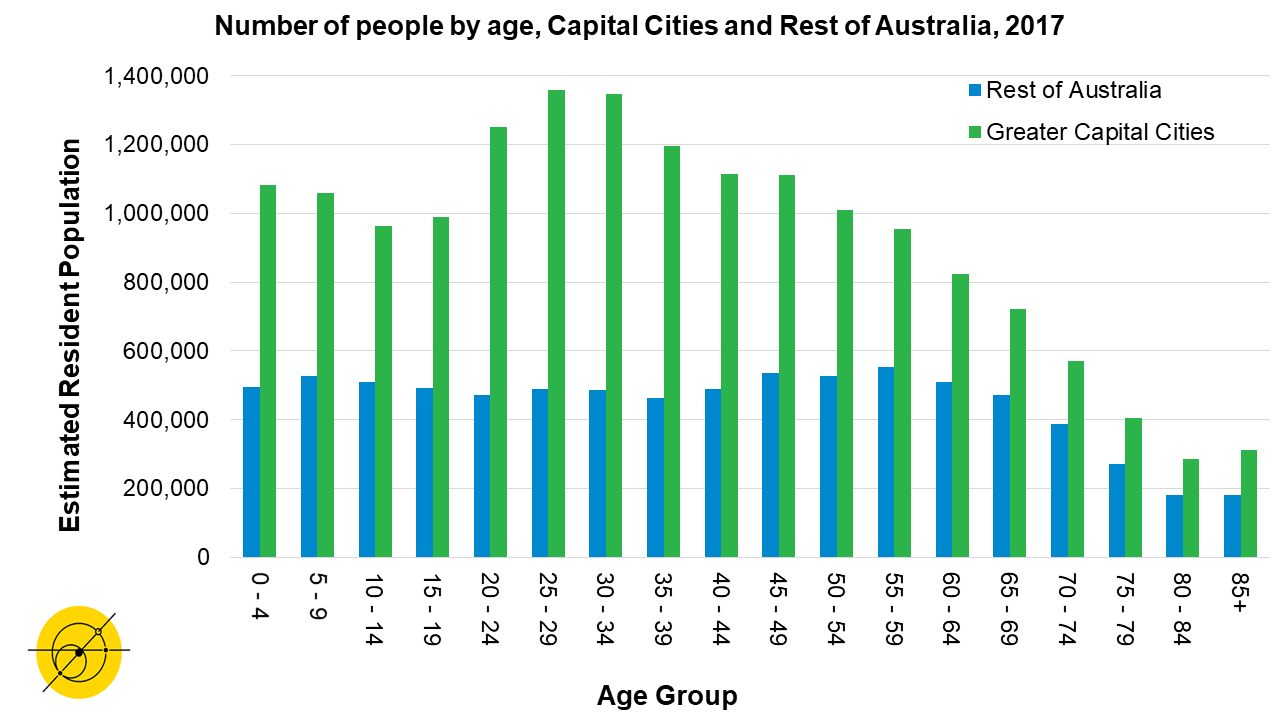Next week is Smart Cities Week Australia and on Tuesday 30 October 2018 I’m chairing a Boardroom lunchtime session asking, “Who is the City?”.
As a demographer I’m interested in the people who make up our cities, what that means for our future and the smart cities agenda.
One of the things that stands out in our cities is the young age profile, particularly when we compare Australia’s capital cities with the rest of Australia. Millennials, those born between the mid-1980s and early 2000s are the biggest generation living in Australia’s capitals. They outnumber every generation that is older than them. Even outside the capitals, Millennials number the same as the Baby Boomers and almost match the number of those from Gen X.

Are we planning for the next generation?
One of the things I’ll be asking around the Boardroom table is whether our planning for smart cities is ready for this new generation.
Millennials and the children who follow them, more than any other generation, will live with the long-term consequences of smart city planning decisions we make today.
- Are they part of the planning process?
- Are we listening to their ideas about what’s important and potential solutions?
- Are we acting on those ideas?
- How do we balance new ideas with learning lessons from the past?
Part of being a smart city is meeting the needs of the people who live there. And to do that we need to be smart about understanding who those people are and making sure they are engaged in preparing for the future.
